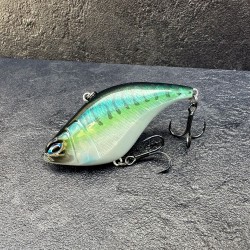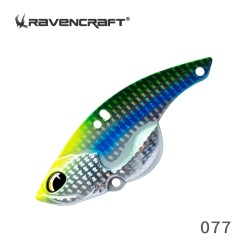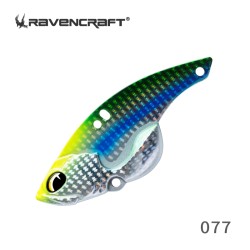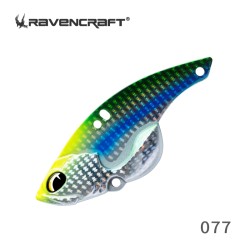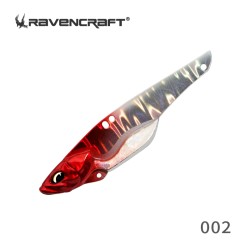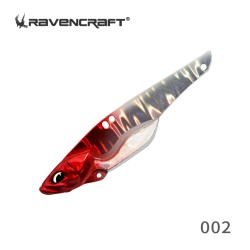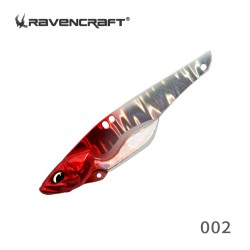Vibration / Lipless Crankbaits

Vibration lure: lipless crankbaits and blade baits
Vibration lure: It is a lure of the category of lipless hard baits.We distinguish a vibrating blade from a lipless crankbait by its material. The vibrating blade is in metal, classically used on a jig head, and more recently in more eco-friendly materials like tungsten. The effectiveness of vibration is in part due to its high density, allowing it to reach the right depth quickly event in fast current, where zanders live.The vibration is a lure made of ABS resin, injected, with weights in the form of steel balls mobile or not. Sometimes we find fixed weights in tungsten, machined to the geometry of the lure. This type of lure works when the fish are locked jaw and won’t bite any other type of lure!
Origin, design, and performance
To begin with, this lure originates from the United States, designed for black bass fishing before the arrival of the spinnerbait.It is very interesting because of its density, allowing it to be cast at long distances. Don't be fooled, long casting distance doesn't mean that the lure is unable to fish with precision! On the contrary, there are different vibrating models with more or less similar shapes. The common denominator is a flat spot on the head that allows the lure to oscillate on itself, which is called rolling. There are organic shapes, others much more geometrical which focus their appeal on the sound or the type of swimming action.
The lipless crankbait is one of the few lures capable of fishing in strong winds and waves, few hard lures can do the same. The field of action of the vibrating lure and the vibrating blade is varied: used as search bait from the shore, vertical fishing, and pelagic fishing for big zander in which it excels. To conclude, the benefit of a vibrating lure is its capacity to move a lot of water and reach quickly a precise water depth. It is highly recommended to use a casting set up to fish with this type of lure because it creates a good bit of tension. The ideal action of a rod for lipless crankbait fishing is a soft action with enough backbone. In this regard, braid should be avoided when fishing with this type of lure.
Indeed the braid presents a brittle side, which is a weakness to execute long-distance casts, it also causes lost fish because of its lack of stretch. We prefer a line in monofilament or fluorocarbon, my preference is for the Crystal nylons having the least memory possible.
Fishing and lure retrieve
To begin with, the retrieve used with a vibrating blade and a lipless crankbait is the same.Whether fishing from the shore, boat, or float tube, a linear retrieve allows you to cover large areas to locate active fish. This is a fast fishing lure that has no equal. With this linear retrieve, that looks like a sawtooth, with up and downs, the sinking phase is decisive! As the lure is free-falling back, this is when most strikes will occur. The first thing to do is figure out the number of seconds necessary to reach 1 meter. With this information, you can count the number of seconds it takes to descend to the depth of your fishing area.
After assessing the depth of water, when you get bit, you can easily find where the fish are active.
For linear fishing, we cast the lure from a distance, controlling the descent with a semi-slack line that allows you to feel the hit but not restrict the descent of the lure. Once the contact with the bottom is made, we pull the bait up with varied speed depending on the fish mood, then reel in the excess line. In this way, the lure describes a sawtooth course allowing it to fish the water near the bottom. It is the ideal lure for winter fishing for predators but also for fishing for zander all year round and in all conditions! Note that a lipless crankbait is effective for sea bass fishing throughout the season.
For boat fishing, we practice pelagic fishing or vertical fishing by exploring bottom breaks. For pelagic fishing the vibrating lure is irreplaceable. When locating a fish off the bottom on the screen, the fisherman needs to control boat drift, wind, and fish movement! If your lure doesn’t have enough density and doesn’t sink fast enough it can be very difficult to get the bait in front of the located fish. For vertical fishing for zander, priority is given to bottom breaks, but also river beds and aquatic structures such as bridge piles, man-made structures, and sunken trees. Finally, for sea bass, fishing with a vibrating blade is also very effective.



